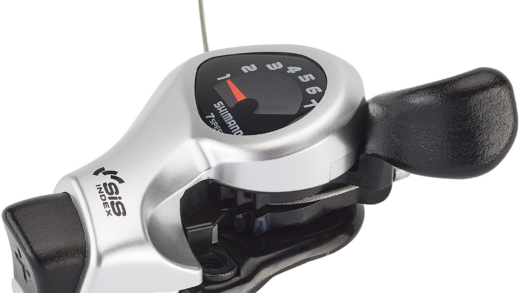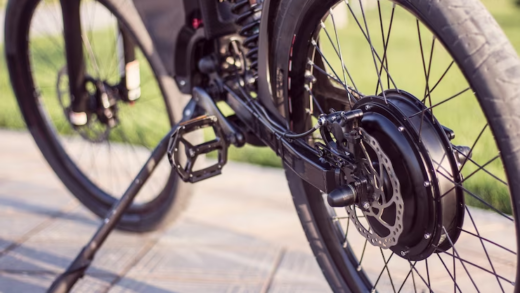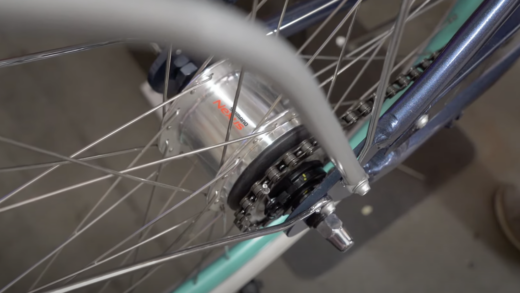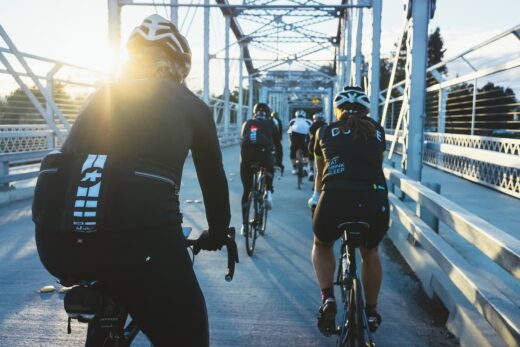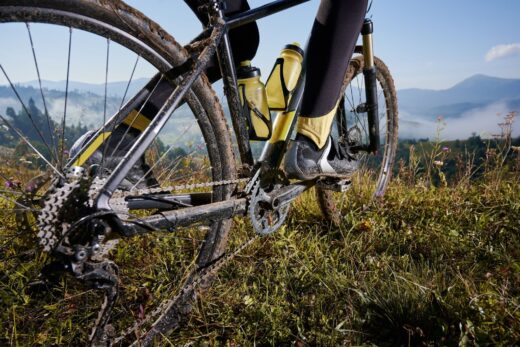Once disregarded, the Seatpost may have held little significance in your considerations of the past. However, today marks the commencement of a new beginning. Every individual Seatpost boasts its own distinct characteristics. Now, delving into the realm of seat-posts, the concept of offsets naturally springs to mind.
Nonetheless, the intricacies of whether to incorporate offsets into your setup can be rather perplexing. It is possible to find oneself pondering which path to tread: the avenue of Seatpost offset or the path devoid of such an offset?
Should you find the frame’s seat tube angle to be overly steep, the implementation of an offset Seatpost becomes imperative. This affords you the liberty to establish your preferred seating alignment. Opting for an offset seat post initiates a subtle shift, positioning you at a distance from the crankset. Conversely, the usage of a straight seat post draws you closer to this component. However, in the absence of an offset, an unhindered paddling experience awaits, a facet particularly beneficial for those grappling with knee issues.
Yet, these insights merely present a succinct glimpse into the subject matter. Within the confines of this article, we shall embark on an extensive exploration of this topic. Remain in attendance to uncover the comprehensive spectrum of information that awaits.
Diving Into the Realm of Seatposts: Offset vs. No Offset – A Swift Analysis
When it comes to altering your posture and enhancing comfort during your rides, the notion of adjusting your seatpost might cross your mind. And here we encounter an individual who opted for a seatpost possessing minimal offset.
Hence, it is only appropriate to engage in a comparison between seatpost offset and the absence of offset. Consequently, prior to delving into the thorough evaluation, let us first direct our attention to this informative table.
| Aspect | With Displacement | Without Displacement |
|---|---|---|
| Hand Extension | Increased Reach | Reduced Reach |
| Knee Alignment | Set Behind the Crank | Aligned with the Crank |
| Riding Comfort | Enhanced Comfort | Slightly Diminished Comfort |
| Hand Burden | Decrease Load | Comparatively Higher Load |
| Utilization | Versatile Usage and On-Road Travel | Mountain Ascending and Off-Road Exploration |
Seatpost Offset vs. Straight Seatpost: An In-depth Analysis
The intricacies of seatpost configurations, notably the differences between offset and straight seatposts, have often been the subject of cycling discourse. While some riders swear by one design over the other, the reality is that the decision often hinges on several individual factors. It’s not enough to simply attribute this to ‘personal preference’. Let’s delve deeper into the specific considerations that can guide your decision.
Hand Reach Dynamics:
Hand reach plays a pivotal role in determining a rider’s comfort on a bicycle. Depending on one’s arm length and preference, the desired reach to the handlebars can vary.
For Those with Shorter Arms: A straight seatpost, also known as a no-offset seatpost, is typically recommended. This configuration aids in shortening the distance to the handlebars, providing a more compact reach. However, a potential trade-off is the increased weight and pressure exerted on the hands due to the forward-leaning position.
For Those with Longer Arms: A setback seatpost with an offset can be more advantageous. The slight rearward shift of the seat allows riders to spread out more, alleviating hand pressure. To further understand the nuances, it’s beneficial to research bicycle frame geometry, which plays a vital role in hand reach dynamics.
Knee Position and Pedal Dynamics:
No cycling component discussion is complete without addressing the importance of knee positioning. As the primary source of power while pedaling, it’s crucial that riders maintain an optimal knee alignment relative to the cranks to ensure efficiency and comfort.
For Riders with Shorter Legs: A straight, zero offset seatpost is usually the go-to choice. It facilitates a direct alignment of the knees with the crank arms, leading to more efficient power transfer and momentum. This alignment not only optimizes pedaling efficiency but also enhances rider comfort. The direct alignment is especially beneficial for those with shorter femur bones, as it offers better leg clearance during the pedal stroke.
For Riders with Longer Legs: A seatpost with an offset is generally more compatible. Without an offset, longer-legged riders may find themselves cramped, which can compromise pedaling efficiency and result in discomfort during extended rides. The backward shift provided by an offset seatpost grants additional space, accommodating the longer leg length and ensuring a more relaxed and comfortable ride.
Ride Comfort:
A paramount consideration in bicycle selection is the ride comfort, especially when one anticipates embarking on extended journeys or cycling tours. The design of a bicycle can either elevate or diminish the rider’s comfort, with one notable feature being the seat post offset.
For individuals of a more petite stature or those who contend with knee challenges, the zero offset seat posts are optimal. This design ensures that the rails maintain their shock absorption capabilities, enhancing comfort. In essence, zero offset seat posts parallel the advantages of low-profile cycle seats.
Conversely, cyclists with taller or broader builds might benefit more from seat posts with offsets. It is advisable for such individuals to visit a bicycle shop to experiment with a range of offsets. By doing so, they can ascertain which setup feels most natural and comfortable. Offset seat posts not only facilitate a better extension of longer limbs but also deter muscle cramps, further elevating ride comfort. Moreover, for those who love to tour, an offset provides the advantage of a laid-back posture, allowing for more enjoyable long-distance rides.
The Influence of Hand Load
Hand load, or the weight and pressure exerted on one’s hands while cycling, significantly affects both the rider’s physical comfort and overall performance. Overburdening the hands can be particularly detrimental during challenging activities such as mountain biking or racing.
For cyclists with shorter arms, zero offset handlebars can be advantageous. This design affords them a more efficient reach, promoting better balance and optimal hand load distribution, leading to a smoother riding experience.
However, those blessed with longer arms might find the zero offset design restrictive, leading to hand cramps and unnecessary strain. In such instances, handlebars with offsets become the preferable choice. Offsets cater to the needs of individuals with longer arms by offering ample space to stretch, hence reducing the weight burden on the hands. This design significantly minimizes hand stress, especially over prolonged rides, enabling cyclists to maintain a relaxed grip and enjoy their journey to the fullest.
Application of Offset and No-Offset Seatposts in Bicycling:
Zero Offset Seatposts:
- Primary Usage: These seatposts are primarily designed for mountain biking and off-road activities;
- Advantages: A zero offset seatpost grants the cyclist greater control and adaptability during challenging terrains. By positioning the rider directly over the pedal, it facilitates efficient power transfer, enabling more torque and force on the crank. This is particularly beneficial when climbing steep inclines or navigating rocky trails;
- Ideal for Compact Frames: Bicycles with short frames benefit immensely from zero offset seatposts. The seating position helps to maximize power transfer, especially in cramped scenarios;
- Enhanced Pressure Application: Given the direct alignment with the pedals, cyclists can exert more downward pressure with their hands, offering additional stability and control.
Offset Seatposts:
- Primary Usage: Offset seatposts are the go-to for racing enthusiasts and those embarking on long road trips;
- Comfort Factor: Their design allows for a more stretched out riding posture, enabling riders to relax their arms and body. This reduction in tension and strain is invaluable during prolonged rides;
- Adaptability: One of the standout features of offset seatposts is their ability to let riders fine-tune their seating position, moving forwards or backwards as required. This adaptability grants cyclists enhanced bike control, an essential attribute for high-speed racing.
Pricing and Recommendations for Seatposts:
Offset Seatpost Price Insights:
Price Range: Offset seatposts are generally available within a price bracket of $15.99 to $39. There’s a plethora of aftermarket options available for consumers.
Top Recommendations:
For those seeking an extended and adaptable seatpost, the UPANBIKE Bike Seat Post is a commendable choice.
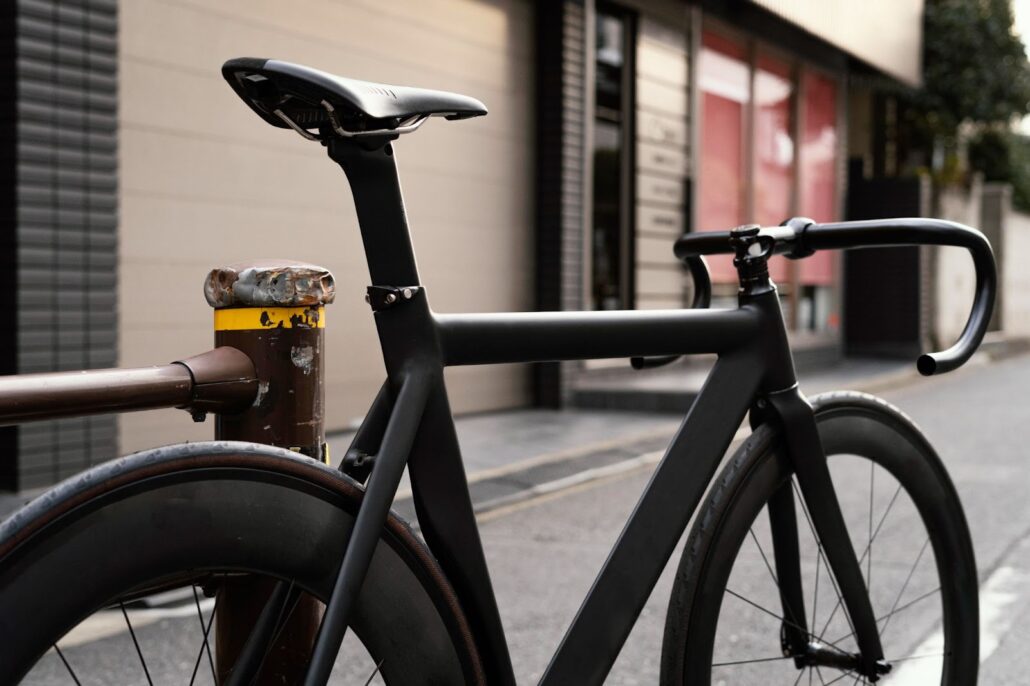
Cyclists keen on premium products might find the RXL SL Carbon Fiber Offset Bicycle Seatpost to be an apt match, given its high-quality build and performance features.
No Offset Seatpost Price Insights:
Price Tendency: Typically, no offset seatposts tend to be priced higher than their offset counterparts. However, the added investment often translates to enhanced performance and durability.
Highlighted Recommendations:
The WHISKY – No.7 Carbon Fiber Bicycle Seatpost stands out in the no offset category, offering top-tier performance coupled with a sleek carbon fiber construction.
For those on a budget but unwilling to compromise on reliability, the VUNDO Zoom Bike Suspension Seatpost is a worthy consideration.
Which Option Holds the Advantage?
The utilization of seatpost offsets, whether embraced or shunned, might appear ensnared in an extended deliberation. Nonetheless, the solution is enshrined within the realms of application and circumstance.
Seatpost offsets cater primarily to individuals endowed with loftier and more robust physiques. Should you fall within the category of ample proportions, this alternative aligns seamlessly with your requisites.
Moreover, offsets shine conspicuously when contemplating leisurely prolonged journeys or fervent racing pursuits. If your aspirations encompass traversing vast distances, then this alternative beckons alluringly.
So, under what circumstances does the zero offset seatpost emerge triumphant?
The zero offset seatpost finds its niche among those with diminutive hands and legs. It also emerges as a favorable choice for those grappling with knee issues or bodily discomforts. Additionally, it facilitates a smoother pedaling experience than counterparts equipped with seat offsets. Furthermore, it harmonizes the alignment of your knee joint with the crankshaft, thereby endowing an optimal torque output.
The terrain of mountain ascension and rugged off-road escapades predominantly favors the deployment of zero offset seatposts. The imperative in such scenarios is a compact seating arrangement to maximize exertion. It’s here that the rectilinear seating option manifests its excellence.
Consequently, we deduce that the adoption of offsets hinges intimately upon individual inclinations and predilections. The decision to embrace or eschew rests solely in your hands.
Conclusion
The discourse surrounding Seatpost Offset versus a configuration lacking offset concludes at this point. Opting for an offset or not hinges on both your individual application and physique attributes.
Whichever path you opt to tread, it’s imperative not to overlook the essential maintenance of your bicycle. Adhering to this practice will bestow upon you a prolonged period of seamless service, devoid of any undue complications.
Until we meet again in the near future.
